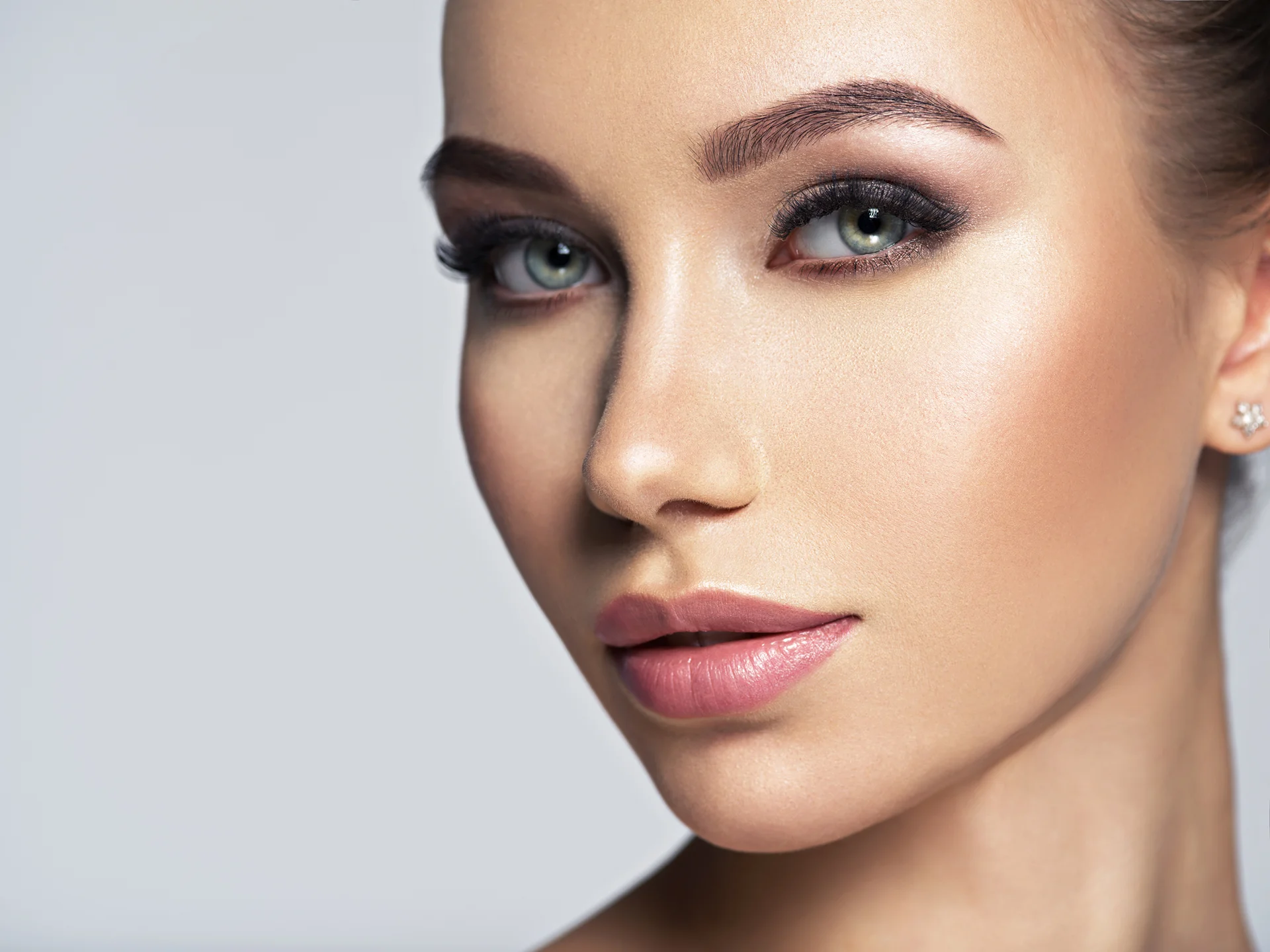Navigating Safety and Effectiveness When Combining These Treatments
You can use a lip plumper after getting lip fillers, but it’s best to wait at least 2 weeks after the injections to allow time for healing before applying any plumping products. Using lip plumpers too soon could increase swelling, irritation, and other side effects.
Lip fillers and lip plumpers are two cosmetic treatments that aim to create a fuller, more voluptuous lip appearance. But is it advisable to use a lip plumping product after getting lip filler injections? What are the risks, the benefits, and the alternatives?
This comprehensive guide addresses all the key questions to help you make informed, safe decisions about pairing these treatments. Let’s explore the ins and outs of combining lip fillers and plumpers so you can feel confident you’re making the right choices for your needs and goals.
CTA: Book a consultation with our experts at Bellava MedAesthetics to discuss your unique situation and determine the ideal waiting period before using lip plumpers after your injectable filler treatment
A Brief Overview of Lip Fillers and Plumpers
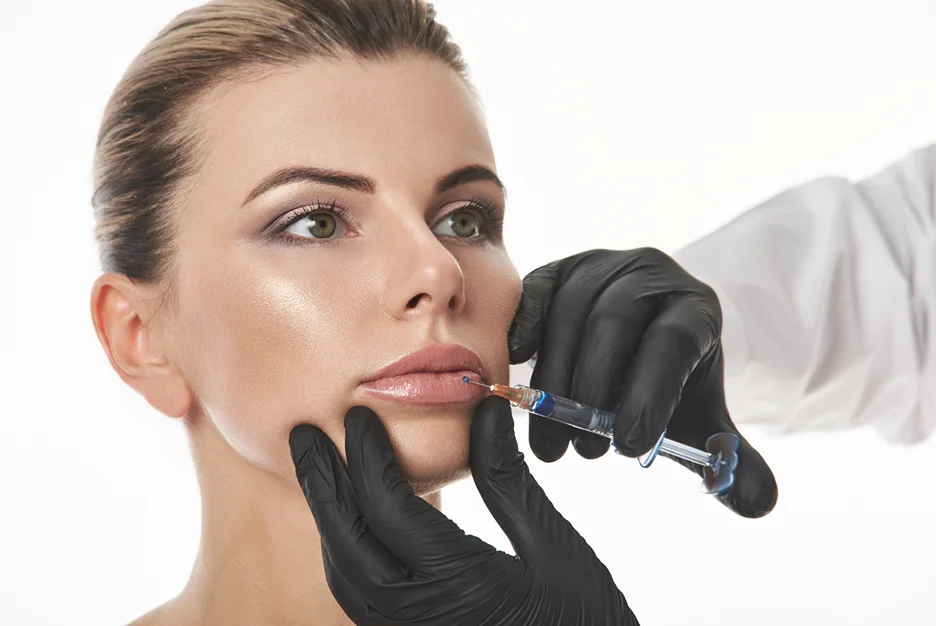
Lip fillers are injectable dermal fillers containing hyaluronic acid that add volume to the lips. They work by drawing water into the injection site, creating a plumping effect. The most common lip filler options are products like Juvederm, Restylane, and Versa. The effects of lip fillers last 6-12 months before the filler material is gradually absorbed by the body.
Lip plumpers, on the other hand, create the appearance of fuller lips through different mechanisms. Some contain ingredients like cinnamon or menthol that cause mild irritation and swelling. Others include peptides that may stimulate collagen production over time. Many lip plumpers rely on optical illusions created by shiny, reflective ingredients that make the lips look smoother. The plumping effects of these products are temporary, lasting just a few hours.
Safety Considerations of Using Lip Plumpers Post-Injections
When considering using a lip plumper after getting lip injections, there are a few potential safety concerns to keep in mind:
- Swelling and bruising – Both lip fillers and plumpers can cause swelling. Using a plumping product too soon after injections may increase swelling and bruising.
- Allergic reactions – If you have a topical allergy to any ingredients in a lip plumper, you may experience irritation, redness, or itching after applying it. This could occur even if you’ve used the product safely in the past.
- Filler migration – In rare cases, applying significant pressure to newly injected lips could potentially cause the filler material to shift. This risk is low, but avoiding excessive pressure is recommended.
- Nerve damage – Temporary numbness is common after lip injections. Using irritating plumpers too soon could heighten this discomfort. Check with your provider on when sensation has fully returned before trying plumpers.
To be safe, we recommend waiting at least 2 weeks after lip filler injections before using any lip plumpers. This allows time for any swelling, bruising, or numbness to resolve.
Can Lip Plumpers Enhance Lip Filler Results?
The ability of lip plumpers to enhance lip filler results is debatable. Lip plumpers can temporarily provide a plumper appearance for a few hours, which may boost the look of lip fillers on occasions when extra volume is desired. However, this effect quickly fades. While some believe irritating plumpers may increase blood circulation to aid healing, too much irritation could be damaging.
It is important to note that lip plumpers do not contain ingredients that permanently increase lip volume over time or extend filler results.There can also be irritants in certain plumpers that could potentially break down fillers and shorten their duration.
While using plumpers periodically may provide a temporary boosted look, they should not be relied on for meaningful lip enhancement. Consult the experts at Bellava MedAesthetics on whether integrating occasional use of plumpers could work for you after lip filler treatment.
Recommendations for Using Lip Plumpers Post-Injections
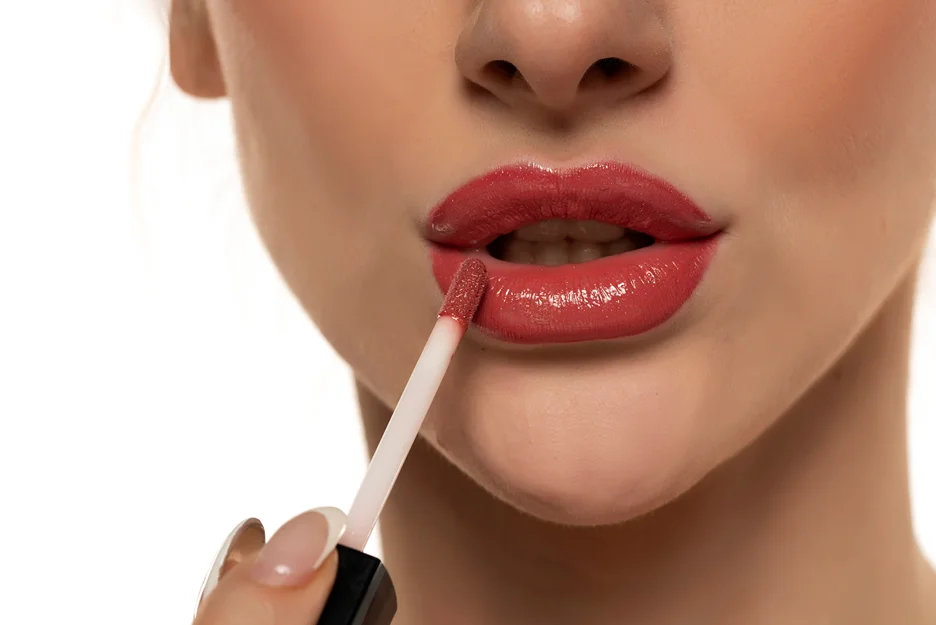
If choosing to incorporate lip plumpers following lip filler treatment, it is essential to follow specific precautions and best practices to avoid complications. Here are some key guidelines to use lip plumpers safely post-injections:
- Wait at minimum 2-3 weeks after lip filler injections before attempting to use lip plumpers. This allows adequate time for complete healing and resolution of any side effects like swelling, bruising, or tenderness. Using plumpers too soon increases risk of irritation and inflammation in delicate newly-injected areas.
- Start very slowly and gently when first incorporating lip plumpers post-injections. Look for “tingle” or “volumizing” plumpers with mild effects rather than intense “plumping” or “swelling” products. Carefully review ingredients and avoid plumpers with high levels of potentially irritating cinnamon, menthol, mint, or capsaicin.
- Only use a thin, minimal layer of plumper gloss at first – just enough to cover lips lightly. Do not rub in, massage, or apply pressure when putting on plumper to avoid driving ingredients into post-injection tissues.
- Limit initial use to no more than once every 3-4 days. Evaluate lip response and gradually increase frequency only if lips tolerate plumper well without redness, swelling, or other irritation emerging.
- Discontinue use and apply hydrocortisone if stinging, swelling or other reactions occur. Seek medical guidance if reactions seem excessive or filler breakdown is suspected. Avoid plumpers completely if irritation persists.
- Always prep lips with SPF before plumpers and reapply as needed. Stay hydrated and use lip balms or moisturizers to maintain lip health and natural hydration.
Following these best practices helps optimize safety, reduces risks, and provides the best chance for occasionally, temporarily enhancing lip filler results through judicious lip plumper use after appropriate healing time.
Trust the skilled injectors at Bellava MedAesthetics to advise you on the proper techniques, products, and schedule for safely incorporating lip plumpers after your lip augmentation injections
Potential Side Effects of Lip Plumpers
While lip plumpers are generally safe when used according to instructions, some users may experience:
- Stinging, burning, itching, or tingling sensations where the product is applied
- Redness, swelling, and irritated skin
- Allergic reactions, especially to ingredients like cinnamon, menthol, or eucalyptus
- Chapped, flaky, dry lips with excessive use
- Headaches or lightheadedness in sensitive individuals
These side effects are usually mild and temporary. To avoid potential complications, conduct a patch test before first use and discontinue use if any irritation develops. Avoid applying plumpers to cracked, broken, or injured lips. Always follow usage guidelines carefully.
Evaluating Lip Plumper Ingredients and Mechanisms After Lip Filler Injections
When considering using lip plumpers after getting lip fillers, it is important to carefully assess the plumper ingredients and application mechanisms and how they may interact with the injected filler material.
Cinnamon or Mint Oils
High concentrations of cinnamon or mint oils cause irritation to plump lips. This could theoretically degrade hyaluronic acid fillers over time. Lower concentrations found in many lip plumpers are likely safe, but high levels should be avoided after fillers.
Extreme Suction or Pressure
Some lip plumping devices involve excessive suction, pulling, or pressure on the lips. This could displace freshly injected filler. Mild suction is likely fine weeks later after filler has stabilized. But intense plumping mechanisms may be best avoided or used with caution after injections.
Other common plumper ingredients like peptides, collagen, vitamins, and optical enhancers are likely safe and non-disruptive to lip fillers. But as always, observe your lips’ reactions closely and consult our doctors with any concerns.
To minimize risks, wait at least 2 weeks after fillers before using plumpers, start with mild formulas, and discontinue use if any irritation develops. Proper timing and caution can allow you to safely enjoy the temporary plumping benefits of lip products after getting fillers.
Are There Natural Lip Plumping Alternatives?
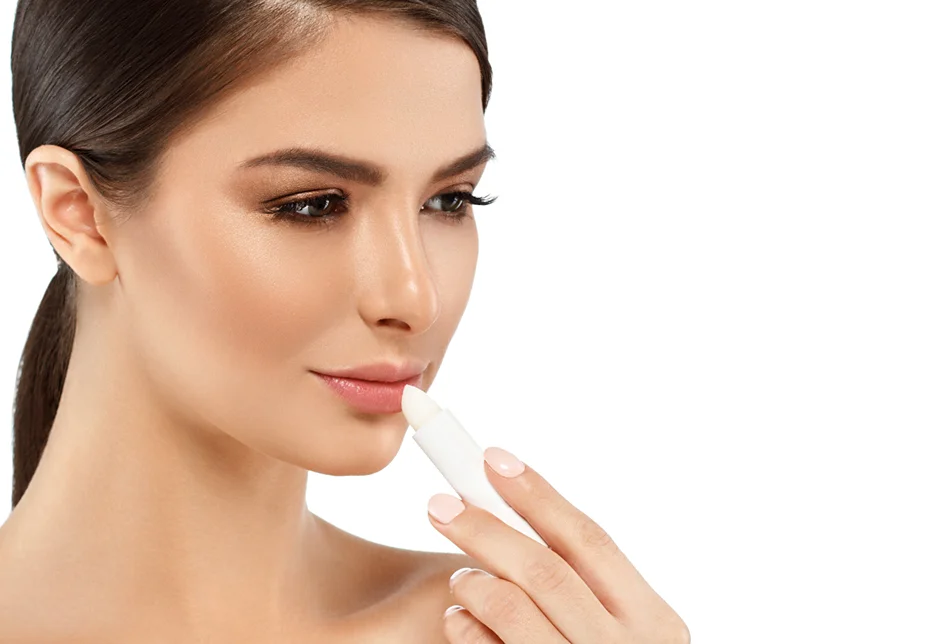
If you want to avoid potential side effects of lip plumpers but still enhance your lips post-injections, several natural options can help achieve a fuller appearance without the risks associated with chemical products. Here are some effective alternatives to consider:
| Lip Exercises | Engaging in lip exercises, such as gently puckering, stretching, and massaging the lips, may boost blood circulation and stimulate collagen production, contributing to a plumper look over time. |
| Exfoliating | Gently exfoliating your lips with a lip scrub 1-2 times per week can help remove dead skin cells, making your lips appear smoother and fuller. This process enhances the lips’ natural texture and can improve their overall appearance. |
| Staying Hydrated | Drinking plenty of water is essential for maintaining lip volume. Dehydration can cause lips to shrink and thin, so adequate hydration is crucial for keeping them looking plump and healthy. |
| Peppermint Oil | Used topically in small amounts, peppermint oil can provide a slight plumping effect and a refreshing tingle without the harsh chemicals found in some commercial lip plumpers. |
| Natural Lip Balms | Lip balms containing nourishing ingredients like coconut oil, shea butter, avocado oil, and almond oil can deeply hydrate and plump the lips, enhancing their natural fullness. |
While these natural alternatives may not deliver the dramatic effects of synthetic lip plumpers, they offer a safe and gentle way to enhance the appearance of your lips without the risk of complications. Incorporating these practices into your routine can help you achieve a healthier, fuller look for your lips.
Ask about lip enhancement alternatives during your follow-up at Bellava MedAesthetics – our experts can recommend natural options to safely maximize your lip filler results
Conclusion
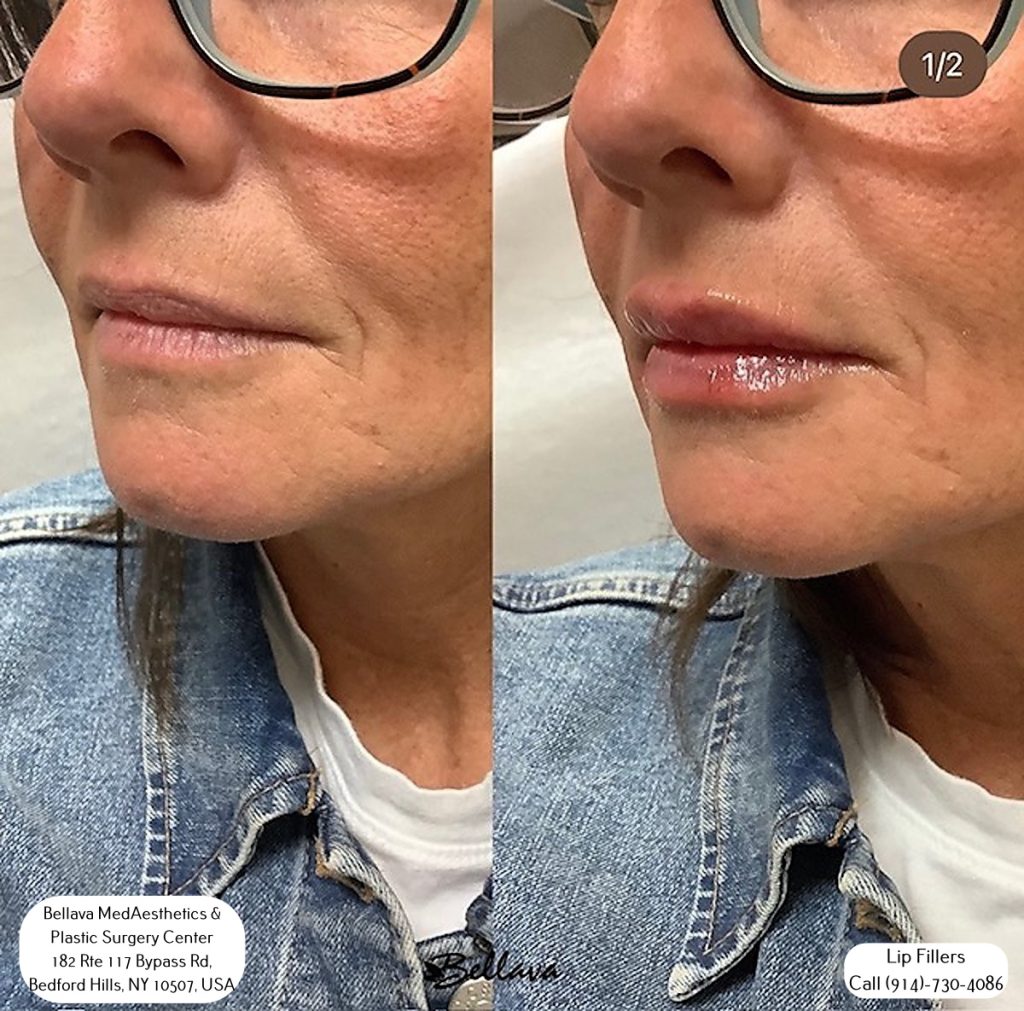
With proper precautions, lip plumpers may provide temporary enhancement and plumping when used occasionally, a couple weeks after lip filler injections. However, using irritating plumpers too soon after injections can cause unnecessary side effects and discomfort.
Speak with an expert plastic surgeon about whether short-term use of lip plumpers is appropriate for your situation. When used correctly under professional guidance, lip plumpers and lip fillers can safely complement each other.
For optimal results from your filler injections, turn to reputable providers like Bellava MedAesthetics & Plastic Surgery Center to tailor a customized treatment plan just for you. Get in touch today!
